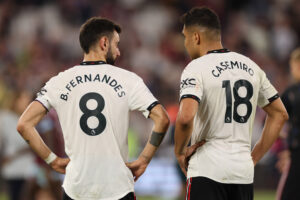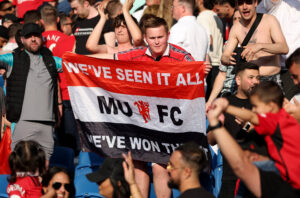“The hip-swinging body language used by a capoeirista is very similar to samba dancers and Brazilian dribblers.” – Alex Bellos, Futebol: The Brazilian Way of Life.
Brazil’s Beautiful Game Not So Beautiful Anymore
This physical movement in Capoeira, a Brazilian martial art that has elements of dance, is called ginga. Pele had it. So did Garrincha. And Tostao. And Rivelino. Between 1958 and 1970, these players and a whole host of others with ginga running through their veins won three World Cups.
The beautiful game or joga bonito, conceived in 1958 and 1962, was born in Technicolor glory in 1970. Twelve years later, Zico and the boys took the concept to ethereal levels in Spain. But, unlike their predecessors, they did not win.
Brazil have won twice, reached the final once and have largely done all right in the nine World Cups since Paolo Rossi’s opportunism killed the Selecao dream in Barcelona. However, is that enough for a national team as eulogized as Brazil? More importantly, when was the last time they actually played the beautiful game?
More Substance than Style
Let’s start with the teams that won the tournament. The 1994 vintage was one of the more functional sides Brazil have put out.
Coach Carlos Alberto Parreira deployed the defensive pivot of Dunga and Mauro Silva in midfield and for the knockout rounds shelved the one creative player in his ranks, Rai, for the purposeful but far from magical Mazinho.
To Parreira’s great fortune, Brazil had Bebeto and, more significantly, the brilliant Romario in attack.
The 2002 side won all the games they played in the tournament but their greatness is somewhat overrated. It was a strange World Cup where the two favourites, Argentina and France, did not make it out of the group stages.
As with 1994, Brazil had firepower up front. There was Ronaldo and Rivaldo with two good knees between them and a young Ronaldinho. The football was good but hardly spectacular when measured against the mythical yardstick of their predecessors.
In fact, there have been just a handful of occasions in the last 25 years, in and outside World Cups, where the Selecao have come close to playing the way they are advertised to do regularly.
The round-of-16 clash with a dangerous Chile in the 1998 World Cup springs to mind. Then there was the demolition job on a classy Argentinean outfit in the Confederations Cup Final in 2005.
Amazing Individual Talents
Brazil had the personnel to win the World Cup in style in 1998 and 2006 but didn’t for one reason or another. Less said about 2010 and, especially, 2014 the better. The jury is still out on the 2018 version and we’ll know in four years’ time if Tite’s ways bear fruit.
But don’t count on the side playing joga bonito. That’s a media creation. The ginga in the last three decades have not come from teams but from individuals.
Since 1994, Romario, Ronaldo, Rivaldo, Ronaldinho and Kaka have all, at one time or another, been officially recognized as the best player in the world. Others who missed the accolade include such names as Roberto Carlos, Cafu, and Adriano.
Neymar may still win the Ballon d’Or. There have also been other fabulous footballers in the endless supply line, such as Juninho, Djalminha, Denilson and Edmundo. A whole host of refulgent new talents await, like Vinicius Jr., Rodrygo Goes, Lucas Paqueta, and Arthur. The ginga is alive and well in individual talents.
The ginga is team Selecao? Alas, that died in 1982 even if the media wants you to believe otherwise.
Main Image Credit:
Embed from Getty Images






